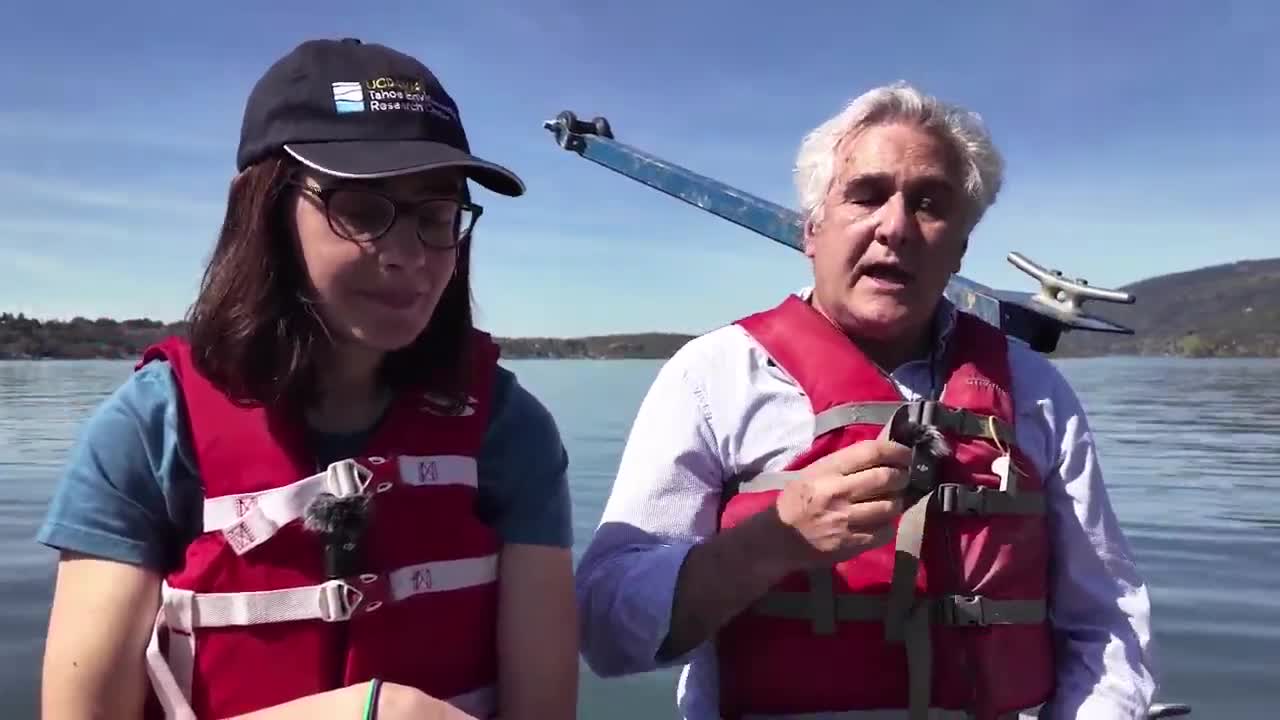Pilot project aims to oxygenate Clear Lake and combat pollution
August 17, 2024 | Events, Lake County, California
This article was created by AI summarizing key points discussed. AI makes mistakes, so for full details and context, please refer to the video of the full meeting. Please report any errors so we can fix them. Report an error »

In a recent government meeting, experts discussed a significant environmental initiative aimed at addressing the deteriorating conditions of Clear Lake, California's largest natural freshwater lake. The meeting highlighted the alarming effects of anoxia—periods of low oxygen levels—on the lake's ecosystem, particularly the release of harmful substances like phosphorus and methylmercury from lake sediments.
Research presented during the meeting indicated that approximately 80% of the phosphorus in Clear Lake originates from these sediments during anoxic conditions. This release not only contributes to nutrient pollution but also facilitates the formation of methylmercury, a toxic compound that enters the food web, posing risks to both wildlife and human health.
To combat these issues, the team proposed a pilot project for \"hyperlimnetic oxygenation,\" a technique that has been successfully implemented in various locations worldwide. This method involves injecting pure oxygen into the lake's bottom using fine bubbles, which dissolve and circulate throughout the water, replenishing oxygen levels and potentially halting the release of harmful substances.
The pilot project will focus on the Oaks Arm of Clear Lake, where researchers will assess the optimal amount of oxygen to add and the timing of these interventions. The initiative is expected to reduce the frequency of harmful algal blooms, which have become a pressing concern for local communities, including the tribes that rely on the lake for sustenance and cultural practices.
Post-monitoring efforts will be conducted to evaluate the effectiveness of the oxygenation process and its impact on the lake's health. The findings will be reported to the Blue Ribbon Committee, which oversees the project, ensuring that scientific insights guide future decisions regarding the lake's restoration.
This initiative represents a proactive step toward revitalizing Clear Lake's ecosystem and safeguarding the health of the communities that depend on it.
Research presented during the meeting indicated that approximately 80% of the phosphorus in Clear Lake originates from these sediments during anoxic conditions. This release not only contributes to nutrient pollution but also facilitates the formation of methylmercury, a toxic compound that enters the food web, posing risks to both wildlife and human health.
To combat these issues, the team proposed a pilot project for \"hyperlimnetic oxygenation,\" a technique that has been successfully implemented in various locations worldwide. This method involves injecting pure oxygen into the lake's bottom using fine bubbles, which dissolve and circulate throughout the water, replenishing oxygen levels and potentially halting the release of harmful substances.
The pilot project will focus on the Oaks Arm of Clear Lake, where researchers will assess the optimal amount of oxygen to add and the timing of these interventions. The initiative is expected to reduce the frequency of harmful algal blooms, which have become a pressing concern for local communities, including the tribes that rely on the lake for sustenance and cultural practices.
Post-monitoring efforts will be conducted to evaluate the effectiveness of the oxygenation process and its impact on the lake's health. The findings will be reported to the Blue Ribbon Committee, which oversees the project, ensuring that scientific insights guide future decisions regarding the lake's restoration.
This initiative represents a proactive step toward revitalizing Clear Lake's ecosystem and safeguarding the health of the communities that depend on it.
View full meeting
This article is based on a recent meeting—watch the full video and explore the complete transcript for deeper insights into the discussion.
View full meeting
